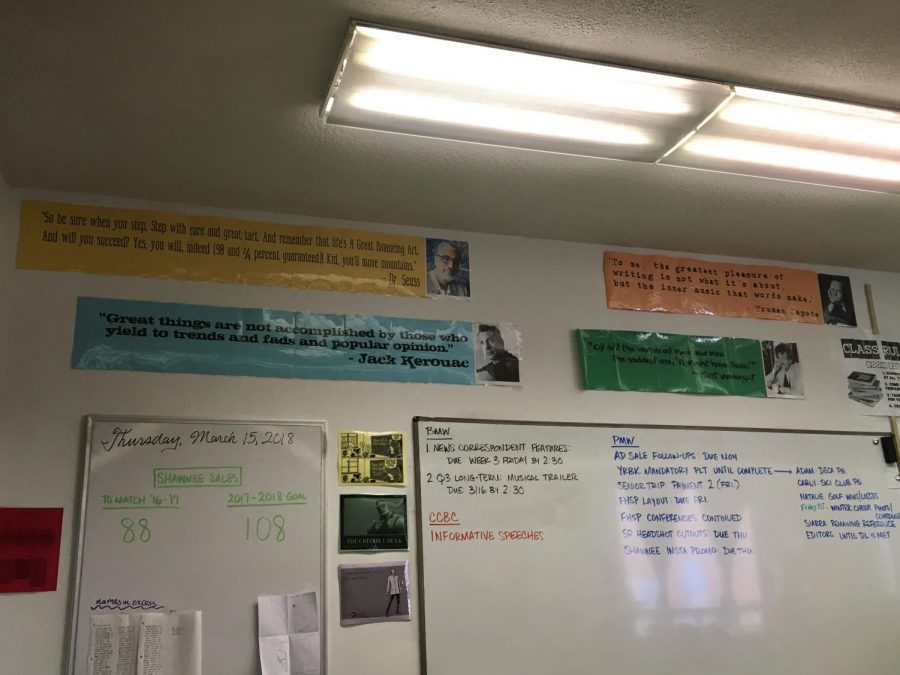Distinction or distraction?
How learning environments affect learning
Most of the classrooms at Freedom are either filled with many colorful posters or just the bare walls. There are perks and disadvantages to teachers decorating the classrooms.
One issue is that it could be costly, as most teachers have to pay for the posters and decorations they put around the classroom. The more things teachers add to their rooms, the more money they are spending.
Another issue may be that these decorations could actually be distracting students. Rather than paying attention to their work, students may be reading posters or looking at something else around the room. However, many people would argue that students could get distracted in a less decorated room as well.
There are also many benefits to decorating the classroom. Researchers from the University of Washington and UC Berkeley found that the school’s infrastructure could play a big role in helping students learn. Windows, temperature, accessibility, plants and wall decorations all contribute to keeping students focused on learning. Daylight is proven to be critical to learning. Schools should keep the temperature between 68°F and 74°F because researchers found that students learn best at room temperature.
Rooms should be accessible and easy to get through or else the students may feel trapped. They should also be accessible so students with disabilities don’t feel excluded or unwelcome. Plants are proven to make people feel calmer, and posters with nature or Inspiration quotes can positively affect kids.
“I would rather learn in a classroom full of posters because you can take certain ideas off of a poster and apply them to what you are learning in the classroom,” sophomore Mason Hedge said.
A physical layout is also something that changes the way students learn. If students sit at a table, or desks grouped together, they will probably be doing more group activities. If desks are separated, the students may be doing more individual work. All adolescents learn differently so working in groups may hurt or help them. It’s important for the teachers to evaluate each class to know which style of learning would be most beneficial for that particular class. Some students prefer to work alone.
“To be successful in life, I believe that you have to learn to work by yourself and in a group. Although I do like working by myself more than in a group, I can tolerate being in a group as well,” Hedge said.
“I would rather sit in groups where I can bounce ideas off of people to get better answers,” sophomore Noah Valles said.
Effective learning environments can change within each school, each class, and even each student. Therefore, there is no perfect classroom because everyone learns differently.



